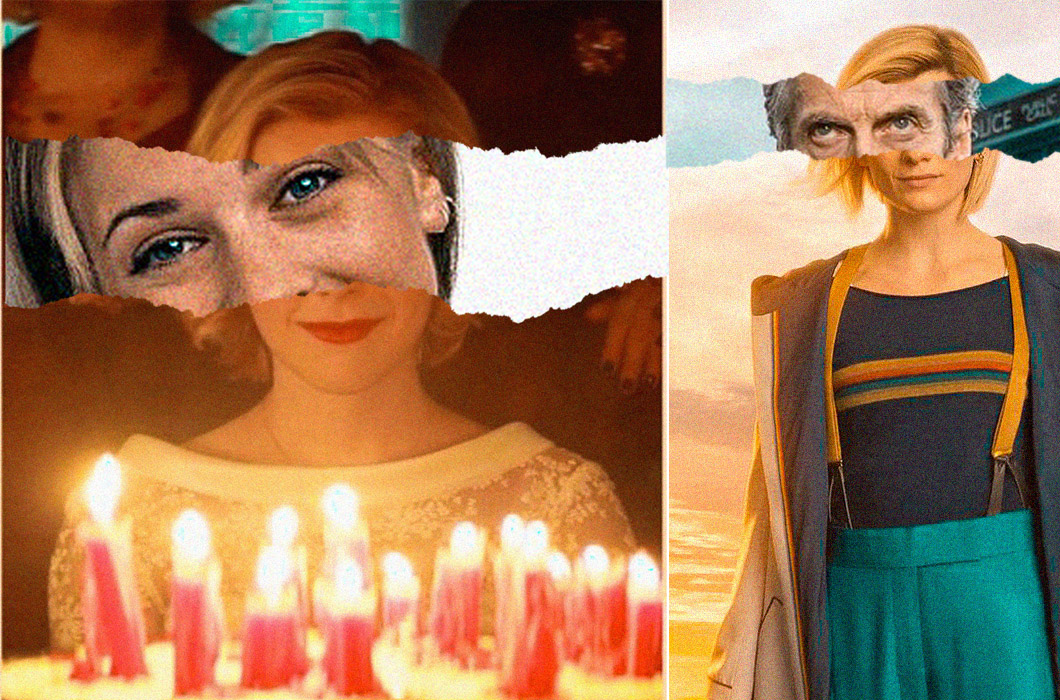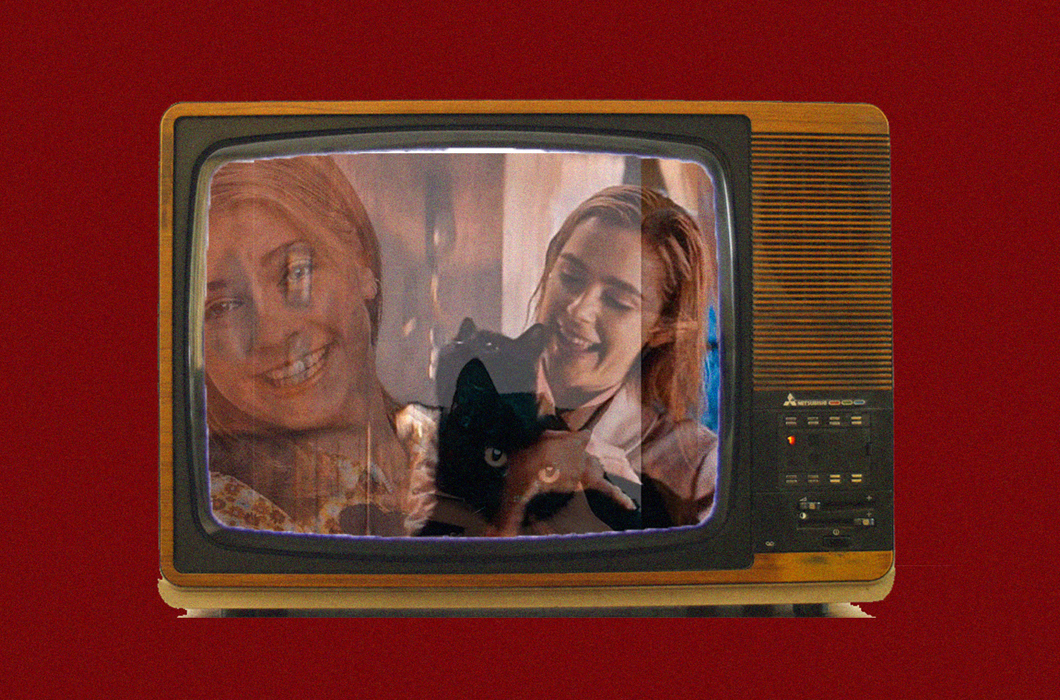[Written by Emma Harrison]
[Images by Tosca de Wilt]
We have never had such a broad range – or, arguably, high level of quality – of televisual content as we do right now. The monumental success of streaming services like Netflix has led to the production of an unprecedented number of programmes – we almost have too much choice in what we watch, from hundreds of sitcoms to colossal undertakings like Game of Thrones. But are we truly living in a ‘golden age’ of television? It seems a questionable claim considering that so many of its great successes are inspired by (or a direct reboot of) older material.
The popularity of this approach is largely rooted in our love of nostalgia. Many recently rebooted series, such as Sabrina the Teenage Witch or Will & Grace, will be fondly remembered by their original viewers – many of whom now fit in the 25-44 age range and make up the largest viewing demographic in the U.K. We gravitate towards these programmes, and perhaps are more forgiving of their faults than those of unfamiliar shows due to the enjoyment and comfort we associate with them. This is a promising incentive for producers, who gain an already large and loyal fanbase.
Reviving an established and well-loved series, however, inevitably invites unrealistic pre-conceptions. Fans want more of the show that they loved, even when it is being produced decades after it originally aired and by an entirely different team of people. This often leads to disappointment, even regarding less radical alterations; perhaps the tone has changed, the acting choices seem different, the dialogue less witty. I certainly experienced this watching the 2016 revival of The X Files, which felt very different in its approach and performances to its original run fourteen years prior. While it was unlikely to live up to the hype generated by its revival, the episodes fell far short of many fans’ expectations – even the incentive of the wonderful Gillian Anderson couldn’t persuade me to watch the full season. Ultimately, it felt like a tired attempt to capture its original spark and offered a far less satisfying and optimistic conclusion than the original series did.
Adapting older material also places limitations on diverse casting and storytelling. Attempting to stay true to a programme originally broadcast decades prior by extension means coming dangerously close to an out-of-date, obsolete picture of society. Admittedly, many revamped series make a positive effort to adapt to the present; such as including more women, people of colour and representations of the LGBTQ+ community among their characters. Often, though, this has led to initial backlash from viewers who are upset by seeing their favourite characters differ from their previous depictions – to see this we need only to look to the recently revamped series of Doctor Who, which sparked a baffling amount of controversy for daring to cast Jodie Whitaker as the titular character. There are also unfortunate incidents of ‘shoehorning’ a more diverse range of characters and ideas into an otherwise dated concept. Because reboots and revivals (more so the latter) depend on staying somewhat true to their source material, they generally revolve around the same structure and ideas – most attempts to diversify this are surface-level at best, so that the show remains recognisable. Many revivals even use the majority of the original cast and characters, leaving little room to re-cast or make any meaningful progressive changes to the focus of the show. As important as it is to see better representation in every corner of media, especially productions that are iconic enough to inspire revivals, moving instead towards new concepts could provide better space for more inclusive casting, characters and ideas that are unburdened by a culture that society has moved on from.
Of course, there are certainly exceptions to the rule. The Netflix produced reboot of Queer Eye, for example, seems perfectly timed in this divisive Trump-fuelled era. Although it uses much of the same formula as in its original 2000s run, it acknowledges the changes in our cultural climate since that time for members of the gay community; as Tan France states in the first episode, “The original show was fighting for tolerance. Our fight is for acceptance.” So far, the reboot has tackled homophobia, the Black Lives Matter movement, sexual transition and toxic masculinity, among other topics. It has not only been adapted for the modern climate but is clearly and consciously trying to make a positive difference in it.
There is certainly still a place in our ever-growing television landscape for reboots and revivals, but there should be a reason for them beyond simply cashing in on previously successful ideas. What questions does the show raise in the context of our current climate? Are its ideas still relevant and interesting, or have they lost their impact in being removed from the period and culture that they were written in? If a show isn’t saying something new, perhaps we should be investing our time and money in fresher, more exciting ideas.
[Image Description: Fragments of characters from TV series Docter Who and Sabrina the Teenage Witch are put together in a collage.]


